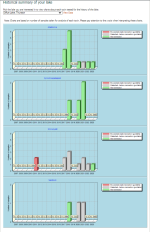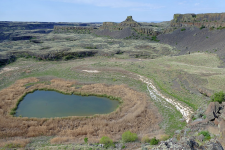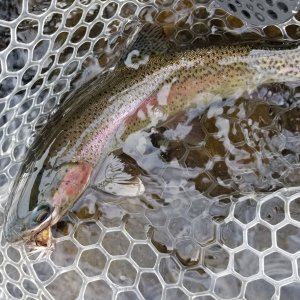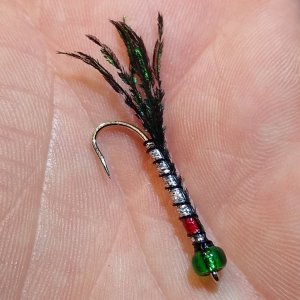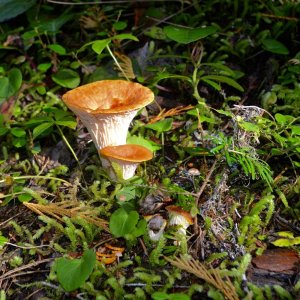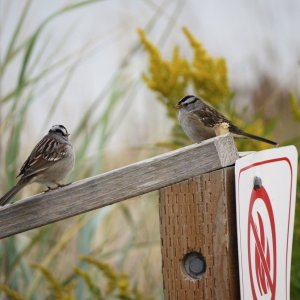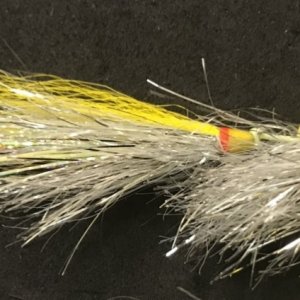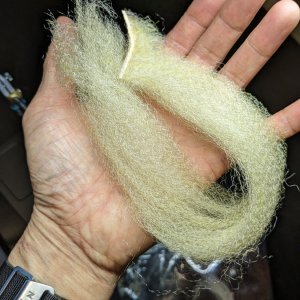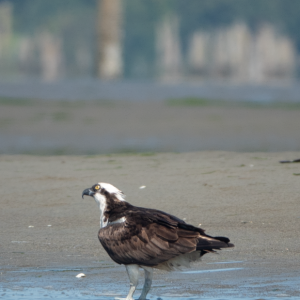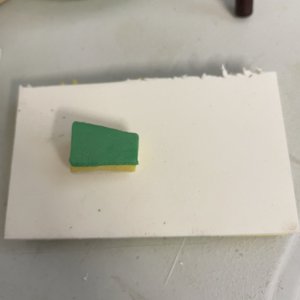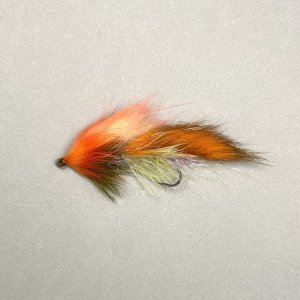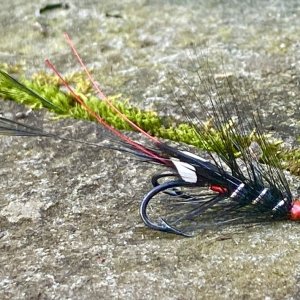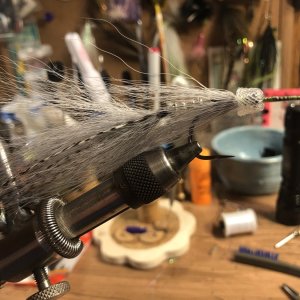I think water fowl would provide plenty of transport capability. It's also likely that a very large variety of dormant algal cysts are already present in most lakes awaiting just the right environmental conditions of temperature, sunlight, and nutrients suitable for their species to bloom. The lack of a single critical limiting nutrient (most often bioavailable phosphorus) can prevent the occurrence of algal blooms, and the presence of inhibitory substances (such as dissolved metals) can also prevent such occurrences.Good to know. Thanks, Curt.
Is there a high risk of tranferring the algae to other lakes via boat? It gets really thick and seems to collect at the launch. Or, is it already present in the other lakes with blooms dependent only on local conditions?
Throw in lake structure, hydraulic residence time, and prevailing wind orientation and you've got an exceedingly complicated situation.
Lakes are born, they eventually die...and the process is certainly accelerated by human nutrient contributions. All organisms excrete phosphorus rich waste while they live, and it's released when they die....to be taken up by other organisms.
Why is phosphorus so important? Because it's absolutely essential for cellular metabolism at a very fundamental level.
A eutrophic (nutrient rich) lake's inevitable death can sometimes be postponed through human intervention. The addition of large quantities of aluminum sulfate or other coagulation chemicals can 'lock-up' phosphorus so that it is not available to support algal blooms but, as you'd no doubt suspect, it's very expensive.
Along with coagulation it is often also necessary to eliminate nutrient contributions from septic drainfields if the lake is densely surrounded by residences, by connecting them to a wastewater treatment facility.
Liberty Lake near Spokane is a good example of a once dying lake that was rejuvenated by coagulation chemical treatment and septic drainfield reduction.
The small shallow trout lakes that so many flyfishers enjoy are rarely of sufficient economic interest to justify such human intervention...so enjoy 'em while you can!
Last edited:


